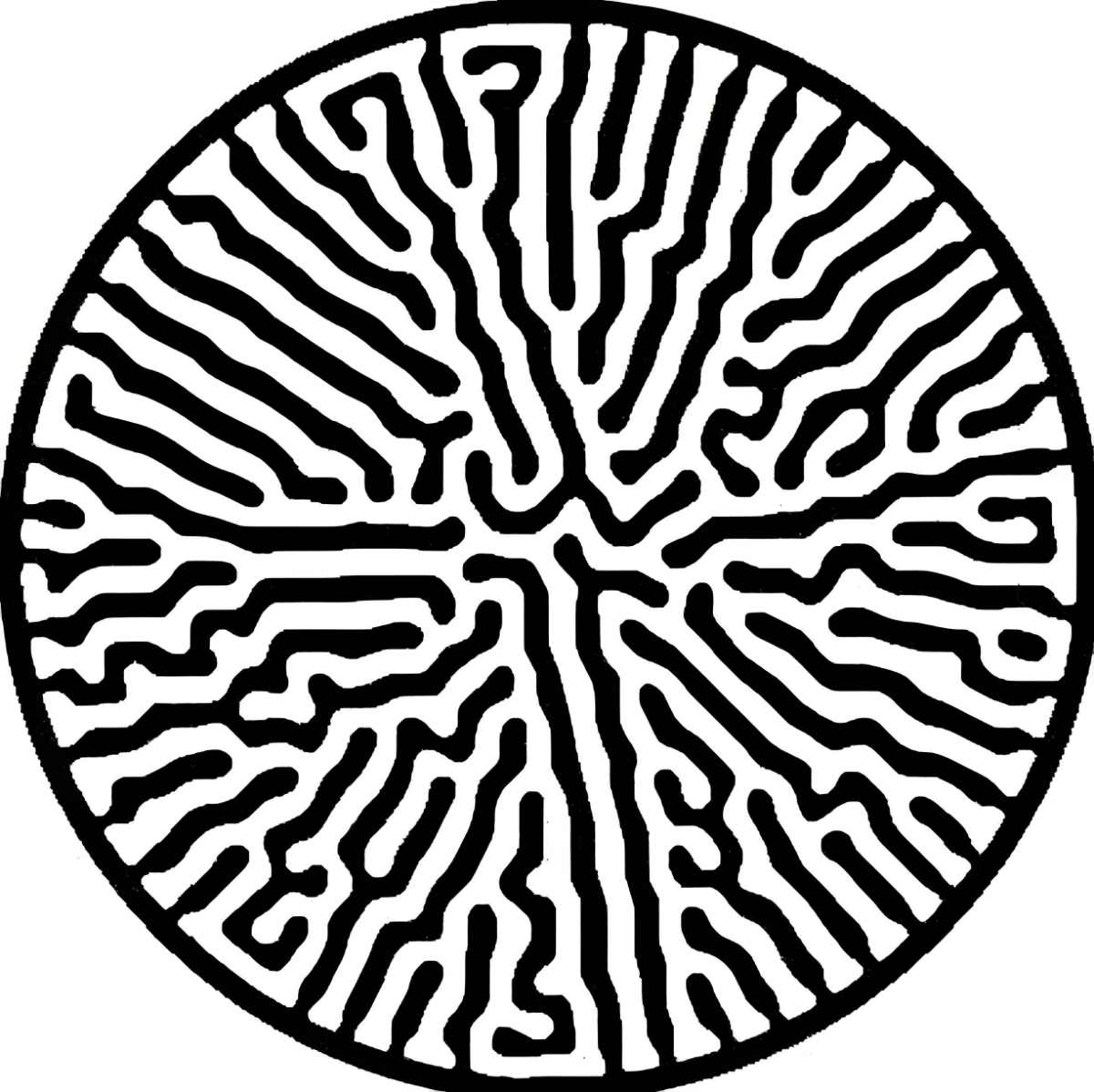A new kind of cryptography based on biologically inspired patterns might one day be used to encrypt data such that it cannot be tampered with. A simulation, using the growth of bacterial colonies, produces various branches of patterns based on the parameters. And only a previously taught AI system is able to decipher their messages since the patterns always change even for the same “letter.”
In the field of cryptography, there is a persistent rivalry between those who want to improve encryption and those who seek to break it. Encryption techniques that utilize chemical or biological methods rather than random numbers are becoming more popular. Examples include using DNA as a random number generator, fluorescence-based encryption, and tinkering with molecular structures.
Bacterial growth as encryption
Jia Lu and her research group at Duke University in the United States have introduced a new kind of cryptography that takes inspiration from biology. Bacterial colony development patterns in a Petri dish, which vary a lot, serve as the basis for their system. Despite local differences, in such natural systems, the end patterns are basically comparable given the same beginning and development circumstances, the researchers report. “The edge of chaos” is a moniker used for this property.
That is to say, bacterial colonies of the same species tend to exhibit similar branching patterns. Under the same circumstances, these patterns are similar to one another but not identical. The branching pattern also reflects changes in the environment. This is where the cryptographic approach developed by Lu and her colleagues comes in.
Messages only to be deciphered by highly-trained AI systems
The team created an encryption model that simulates the formation of Pseudomonas aeruginosa colonies, even down to the tiny differences that may occur across colonies even when all other factors are constant. Different letters may be encoded using this approach by altering the location and number of cells. Therefore, each letter is represented by one or more patterns created under specified circumstances, as the researchers put it.
The catch is that it is very difficult for human eyes to decipher the encodings due to the inherent differences in the branching pattern. Extensively training an algorithm is the only way to tell the difference between internal variations and distinct letters. Therefore, only a sufficiently trained artificial intelligence system can read the message that has been encoded as a series of sequential letter patterns.
In an analogy to face recognition, senior author Lingchong You reports, “A friend may see many images of me over the course of time, but none of them will be exactly the same. But if the images are all consistently reinforcing what I generally look like, the friend will be able to recognize me even if they’re shown a picture of me they’ve never seen before.”
Success in the field tests
Lu and her colleagues developed a whole alphabet of Pseudomonas colony patterns to evaluate the robustness of this bacterial encryption. They utilized this code, which they named “Emorfi,” to encrypt various works, including William Blake’s “The Tyger” and Martin Luther King, Jr.’s “I Have a Dream” speech. They took the encoded patterns and produced a video message to send to the receiver.
An AI trained on the Emorfis successfully deciphered over 98% of the tests, showing that it performed well across a wide range of conditions. In comparison, the researchers find that a non-trained system performed worse than 2% when given the same growth patterns to analyze. The technology shows a scalable technique for encrypting and decoding information safely and reliably, report Lu and her colleagues.
Try it yourself
Those interested in seeing how this cryptography is implemented may try it themselves: The research group has made available an online implementation of their technology. You may use the website to encrypt your own content in the form of a bacterial pattern. Research: Patterns, 2022; doi: 10.1016/j.patter.2022.100590)


